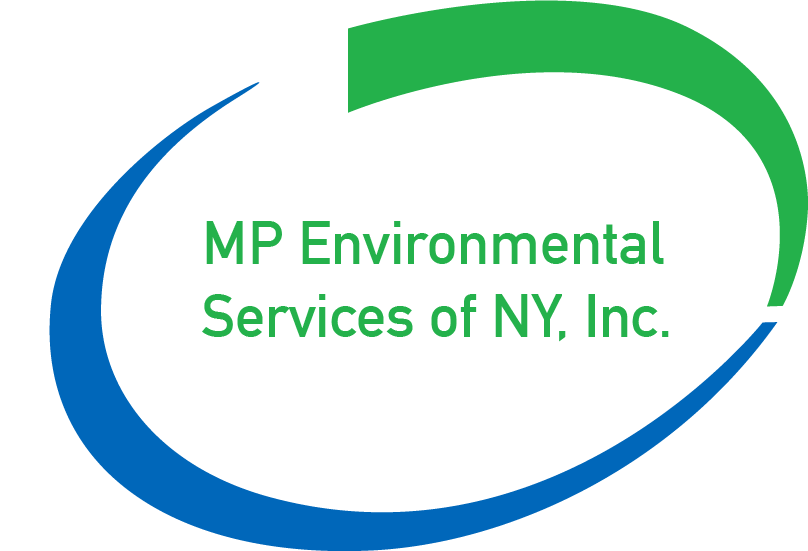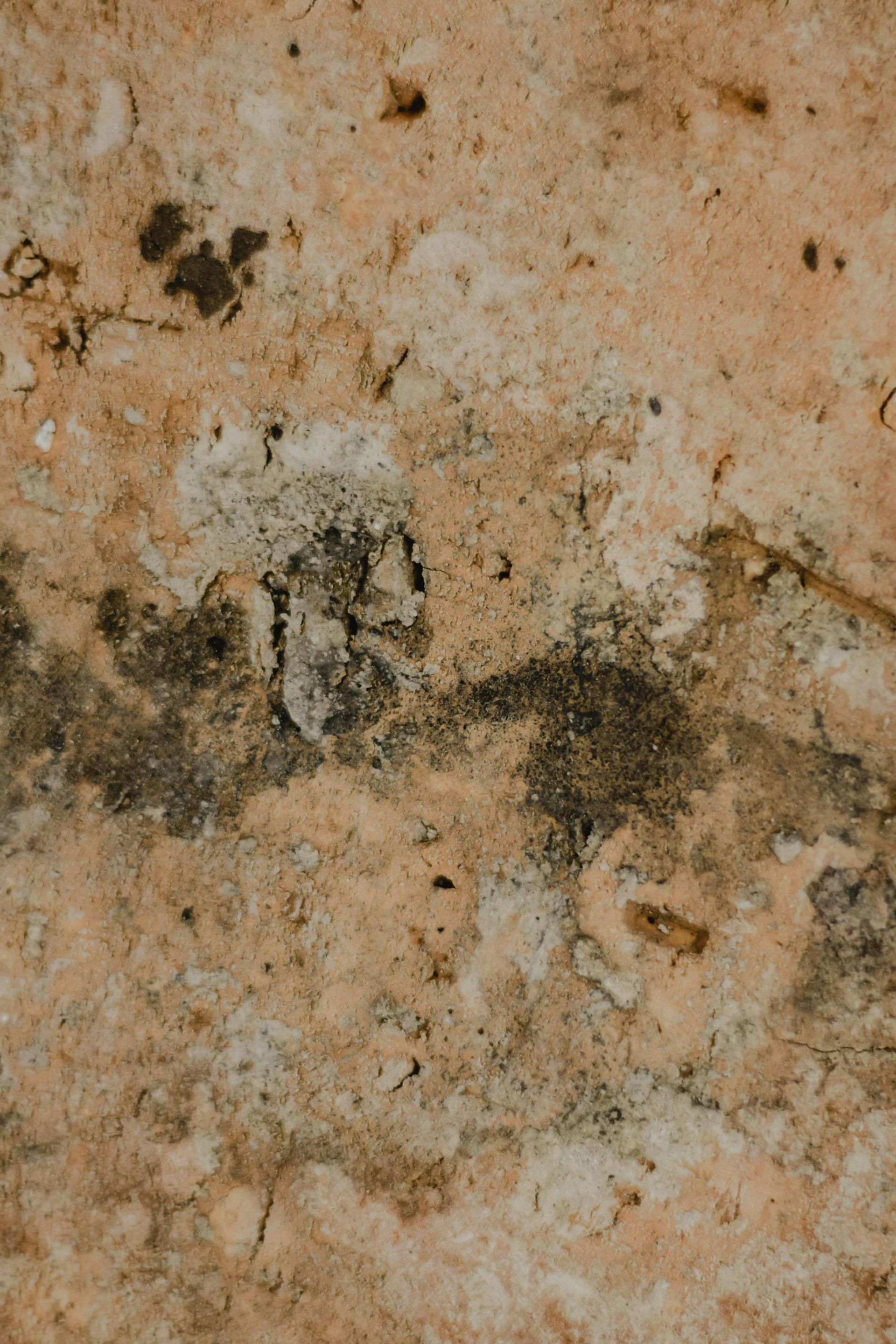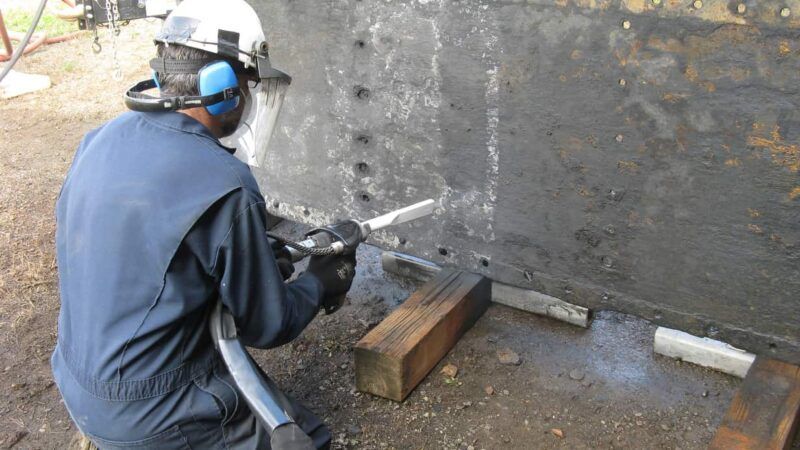The Hidden Liability of Underground Oil Tanks
Why Underground Oil Tanks Pose a Serious Risk to Property Owners
If your property has an old underground oil tank (UST), it could be hiding more than just forgotten fuel—it could be hiding serious financial, legal, and environmental risks.
At MP Environmental, we’ve already completed multiple UST removals this summer across New York. Why? Because August is the ideal time to act, before the ground freezes and before small issues become big liabilities.
What Is an Underground Storage Tank (UST)?
An underground storage tank is a container—typically used to store heating oil, diesel, or other petroleum products—that is buried below ground. USTs were commonly installed in homes and commercial buildings before the 1980s and often abandoned in place when systems were updated or converted.
Unfortunately, many of those tanks are still there—and many are leaking.
Why USTs Are a Hidden Liability
1. Leaking Tanks Can Contaminate Soil and Groundwater
Even a slow leak over time can cause significant contamination. Heating oil seeps into soil, groundwater, or nearby wells—posing a serious environmental and health hazard. Cleanup is costly and may involve extensive soil remediation.
2. Property Sales Can Be Delayed or Derailed
If you're planning to sell your property, an old UST can stall or kill the deal. Lenders, inspectors, and buyers may walk away from a transaction unless the tank is properly removed and documented.
3. Insurance May Not Cover It
Many homeowner and commercial policies exclude coverage for environmental contamination caused by UST leaks. That means you could be on the hook for tens of thousands of dollars if your tank fails.
4. You Could Face Regulatory Fines
In New York and surrounding states, property owners are responsible for managing any underground tanks—even if they were installed decades ago. Failing to report, remove, or remediate a leaking tank could result in state enforcement or fines.
Why August Is the Best Time for Tank Removal
- Dry ground and accessible soil make excavation easier and more cost-effective
- Avoid winter delays caused by frozen ground and snow
- Get ahead of compliance deadlines before fall real estate and construction season peaks
MP Environmental completed two UST removals in July alone, helping property owners avoid future risks and meet environmental standards.
What Happens During a UST Removal?
- Site Evaluation – We assess the tank location and access points
- Excavation – Safely uncover the tank using appropriate equipment
- Tank Cleaning & Removal – Drain and clean residual fuel, then remove the tank
- Soil Testing – Analyze surrounding soil for contamination
- Remediation (if needed) – Remove and treat contaminated soil or groundwater
- Documentation – Provide the proper paperwork for real estate, insurance, or regulatory needs
MP Environmental: Trusted UST Removal Experts
We handle every step of the process, from assessment to cleanup, with certified crews and proper documentation. Whether it’s a residential, commercial, or municipal property, we’ll make sure the job is done right—and done safely.
Don’t Wait Until It’s Too Late
If your property has an underground tank—or even if you suspect one—now’s the time to act.
Contact MP Environmental today for an evaluation and removal plan you can trust.





